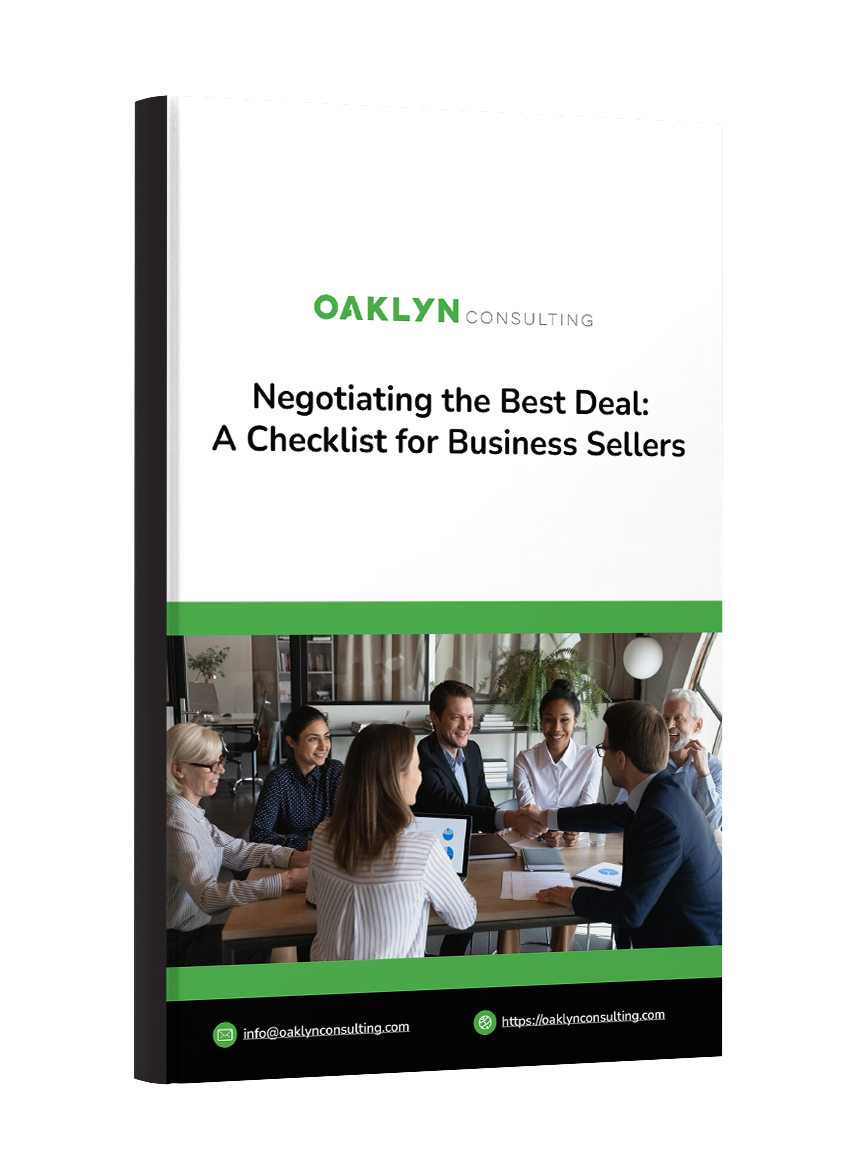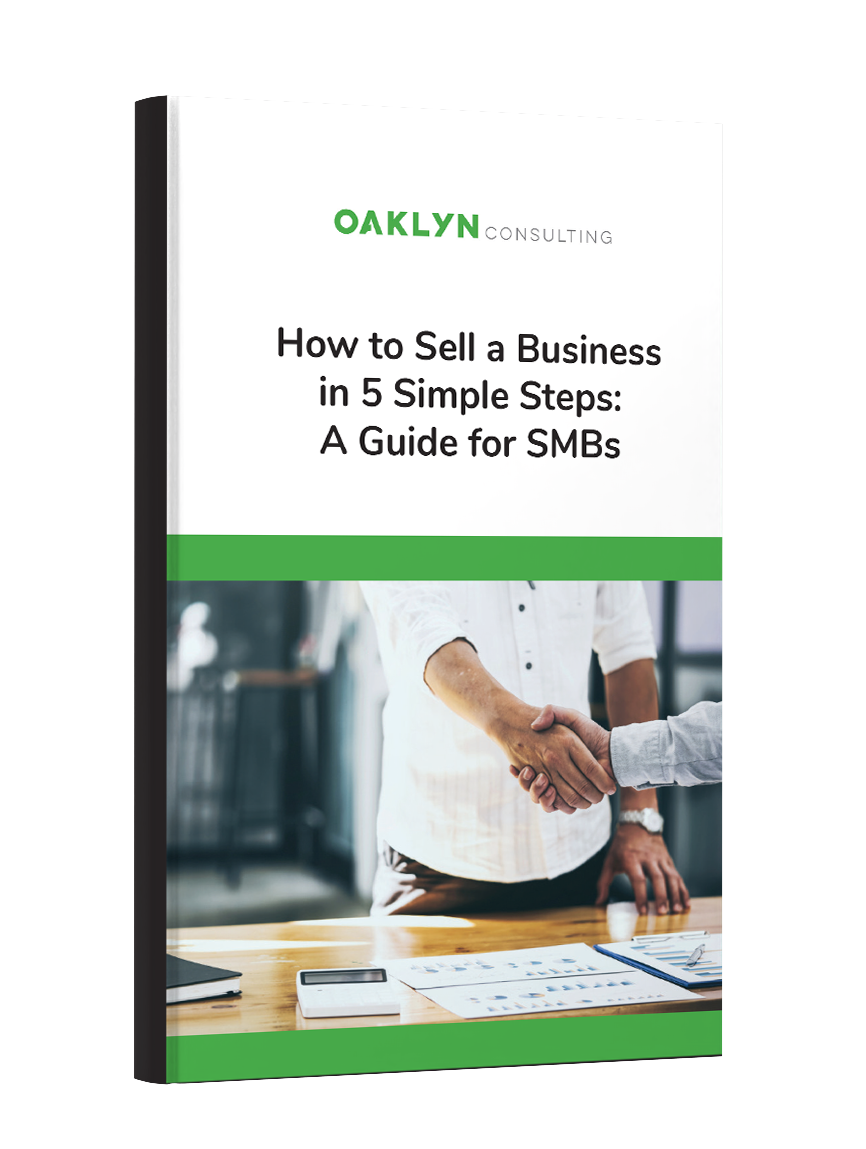It’s a relatively straightforward process to determine how well a for-profit business is performing. But the question of how to assess non-profit financial performance can be a bit more nuanced.
We often think of non-profits in terms of the societal benefit they bring, but what often goes unnoticed are their unique organizational structures, which enhance their ability to pursue their missions. They’re different from businesses because they’re not organized primarily to pursue profits for shareholders; instead, they’re organized principally to advance a mission in the public interest. However, like for-profit businesses, non-profits do need to be financially sustainable to pursue those missions over time.
At Oaklyn Consulting, we help non-profits pursue mergers, acquisitions, alliances and partnerships, including acquisitions of other organizations as they grow and thrive, and sales to other organizations as they run out of options to thrive independently. Here’s a closer look at how to assess non-profit financial performance.

Understanding Non-profit Risks
Non-profits face two primary risks that can hamper their ability to fulfill their missions effectively:
-
- Too few resources to withstand major change, whether emergencies or smoldering issues.
- Lack of focus on maximizing their value creation, often resulting in inefficient management practices, underpriced products and services, or insufficiently aggressive pursuit of contributed income.
Recognizing that non-profits need to function as well-run businesses to pursue their public interest missions, we at Oaklyn Consulting help non-profit boards and executives negotiate mergers or similar transactions that strengthen the pursuit of their missions while modifying their corporate structures to overcome or take advantage of operational challenges.
How to Assess Non-profit Financial Performance in 3 Steps
For a non-profit to survive and thrive, it needs to generate an economic surplus in the same way a commercial business aims to maximize its net income. While commercial businesses prioritize financial metrics for the benefit of shareholders, non-profits instead must somehow quantify how their financial results benefit their overall mission, which is not explicitly stated in financial statements.
As we examine how to assess non-profit financial performance effectively, we urge boards and executives to consider the following three-part approach:
1. Distinguishing Discretionary and Non-discretionary Spending
Generally speaking, there is no need for a non-profit’s total income statement to show profit (or an increase in net assets) each year.
As a result, economic value added can get clouded by discretionary spending that reinvests in an organization’s ability to pursue its mission.
Non-profits should think of their expenses as being separated into two categories:
-
- Non-discretionary: Expenses that are absolutely necessary to deliver on the past year’s mission goals and are related to the past year’s revenue (whether earned or contributed). These expenses will, ideally, be a lower amount than revenue, leaving a cushion of funds for reinvestment.
- Discretionary: Funds used to reinvest in the organization’s ability to pursue its mission in the future.
Separating discretionary and nondiscretionary income in management reports is an important way of demonstrating value creation, effective management and financial sustainability.
2. Pro Forma Financial Analysis
Board members and executives should create regular “as if” financial statements, showing how financial results and plans might look if the organization has not made discretionary reinvestments in pursuit of its mission. Ideally, the result would be a profit or financial surplus, and a commensurate, measurable reduction in growth or mission attainment. In the best situations, financial ratio analysis will show that the non-profit business operated as efficiently as commercial counterparts.
3. Descriptive Analysis
While financial results are a math equation, mission attainment can be an essay question.
-
- Articulate, in an essay form, how nondiscretionary and discretionary resources were each used to advance the mission.
- Assess how resources from donors were utilized to support ongoing operations and reinvestment.
Mergers, Acquisitions, Alliances and Partnerships as Tools for Sustainability
Those wondering how to assess non-profit financial performance should realize that it requires a nuanced understanding of economic surplus, mission impact and strategic decision-making. By effectively managing discretionary and nondiscretionary funds, non-profits can build a foundation for sustainability, allowing them to navigate uncertainties and focus on their core missions.
When the interplay of these three factors is well understood by clear-eyed board and executives, then mergers, acquisitions, alliances and partnerships become powerful tools for expanding mission impact (as with our client Eckerd Connects) or reconfiguring the activities of the charity (as with our client Hospice of Chattanooga).
If you’re a non-profit leader or board member, our advisors at Oaklyn Consulting are glad to discuss how we can help you leverage your sustainability or take proactive steps to ensure it.
At the start of every year, we at Oaklyn Consulting like to look back at the past 12 months to reflect on projects accomplished and lessons learned from our clients.
Building on our achievements from 2021, Oaklyn Consulting worked with 34 organizations in 2022 on M&A, succession and capital-raising projects.
Our role is to fill a gap in the availability of high-quality transaction advice in deal situations that are too small, complex or uncertain in their outcome for the traditional investment banking industry to serve well.
Last year, our activity fell into 7 categories:
-
- Owner-entrepreneurs who wanted to respond to M&A opportunities with very limited deal processes. In some cases, that meant running down an opportunity with one suitor as our clients pursued the goal of selling their businesses. Other times, we pursued unique business combination opportunities that opened new avenues for growth. Congratulations to BrakeQuip, AAC Utility Partners, TapCloud and Metalcraft of Georgia on their acquisitions.
- Professional services firms navigating a change in ownership. In these situations, deals sometimes involved employment or internal transfer from one ownership group to another rather than a clear “sale.” Congratulations to the Craftpeak team on combining with Arryved.
- Venture-capital-backed companies whose growth emerged more slowly than the extremely high levels required by these investors, and which therefore needed new homes that weren’t in a venture capital portfolio.
- Minority-owned businesses whose designated DBE client relationships made the transfer of ownership complex. We were pleased to welcome Monty Bruell to our team to head this coverage effort.
- Nonprofits navigating the pros/cons of selling to or buying other operations in order to pursue their missions in new and creative ways. We were honored to continue to support the Journey Health Foundation, the successor to Hospice of Chattanooga.
- Infrequent acquirers of businesses who needed support standing up a corporate development (internal M&A) function for the first time.
- Business owners of all types who needed deal guidance but didn’t have the deal certainty or size necessary to get “big company” investment banking attention as they explored growth in a changing environment.
We’re grateful to our peers in the professional community who continue to refer their clients to us, often business owners. This serves as the strongest possible validation for the continued need for our unique approach to M&A. Referrals drove 100% of our 34 client projects last year, as former clients, investment bankers, investors and the broader professional community (lawyers, wealth advisors, CPAs, peer networks) introduced us as a helpful resource.
In the year ahead, we look forward to working with clients both new and familiar.



